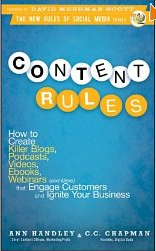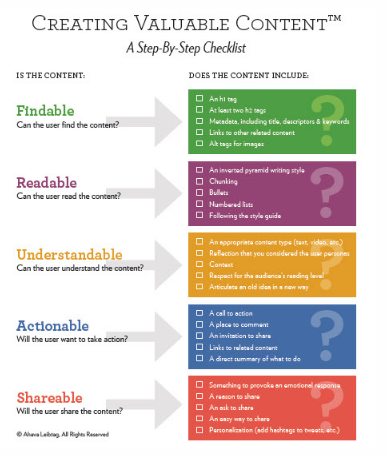 Blogging for your business is like playing tennis: you read the environment, deliver key shots, get ready for the next post, respond to feedback, and try to stay on target.
Blogging for your business is like playing tennis: you read the environment, deliver key shots, get ready for the next post, respond to feedback, and try to stay on target.
I play tennis with an “excuse champion.” Every time she misses a shot, she blames her racquet, or her strings, the ball, the sun, wind, or some body part. She’s quite creative.
I often wonder what would happen if that creativity were channeled into focused attention to the ball and her strokes. If you’re thinking about all those other things, surely you can’t be ready for the next shot…
I’ve got clients who are excuse champions. The biggest excuse they use for not blogging enough is they don’t have enough time. While that may be true, (who does?) but it’s also true they don’t blog enough because they don’t have a journalist’s mindset.
A journalist is curious about people and events and can’t wait to share information with others. I just read a fabulous article over at The Content Factor and here’s what they wrote about why some professionals stop blogging and why they shouldn’t: Read More→












